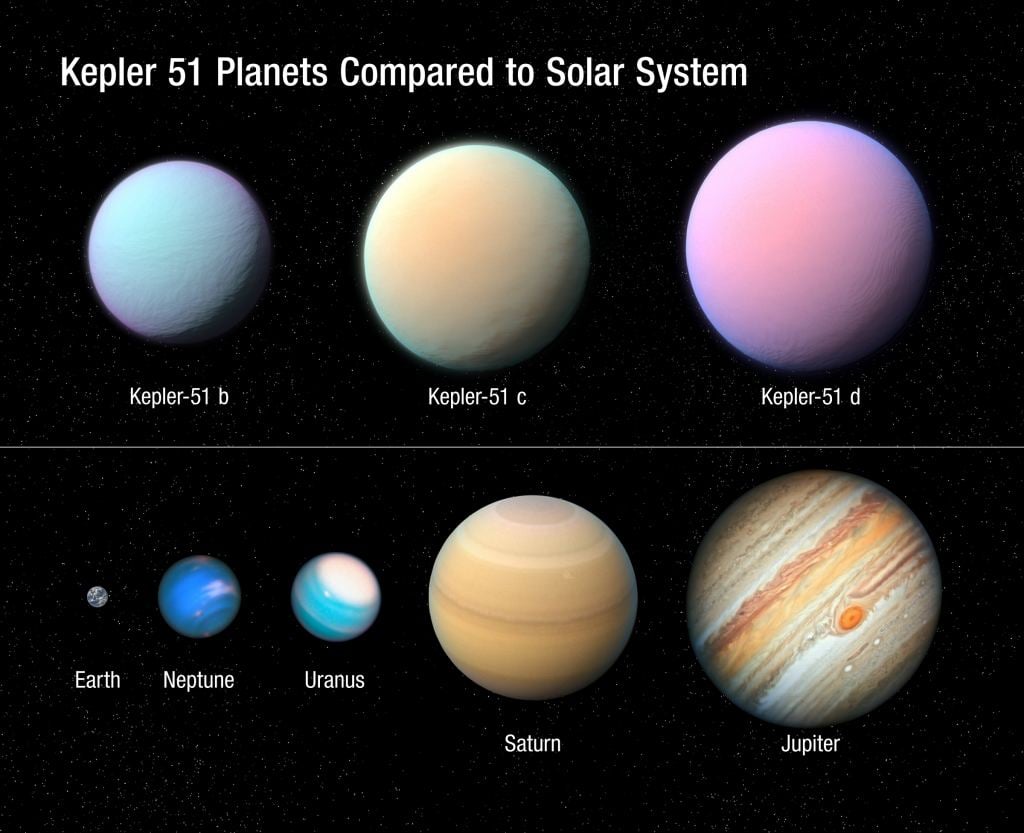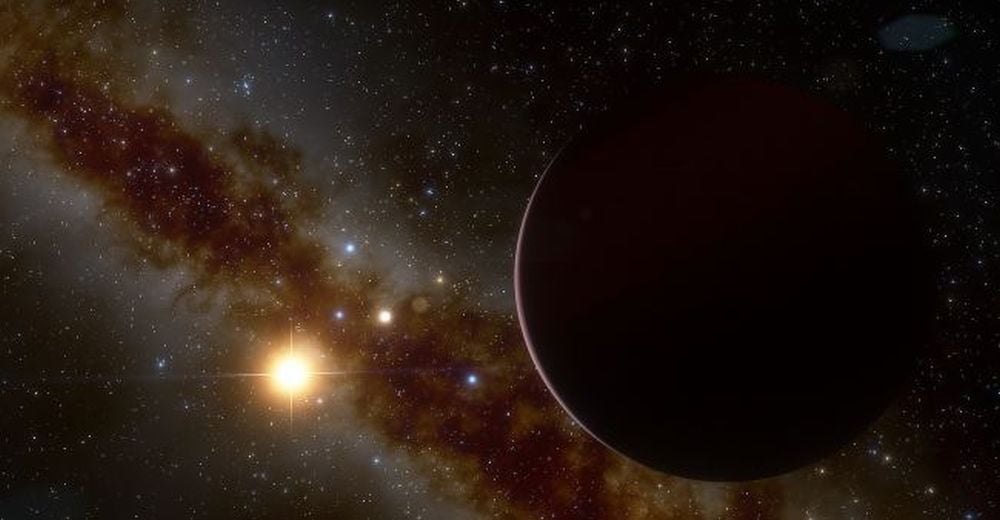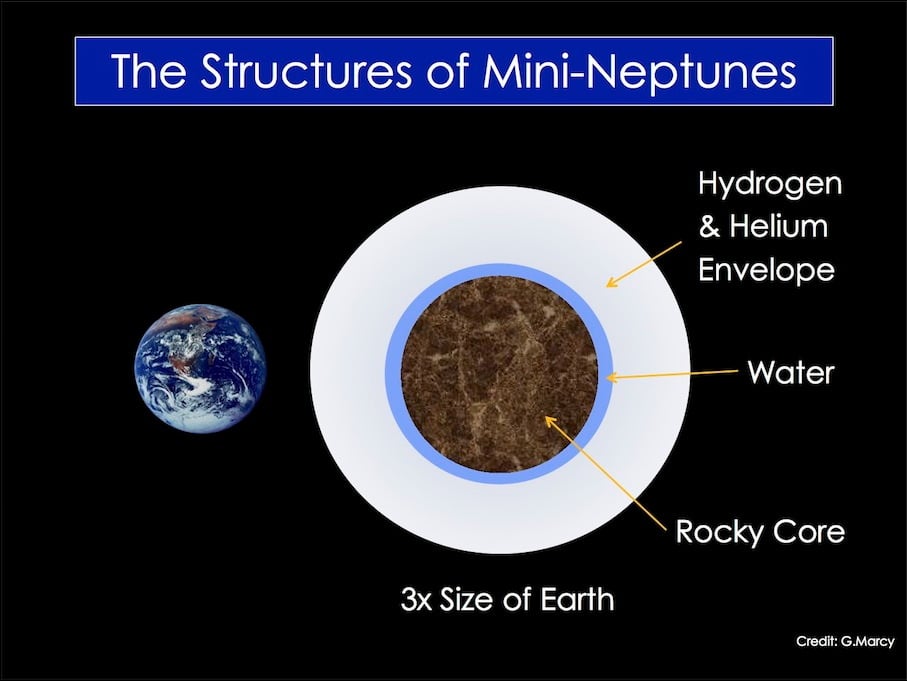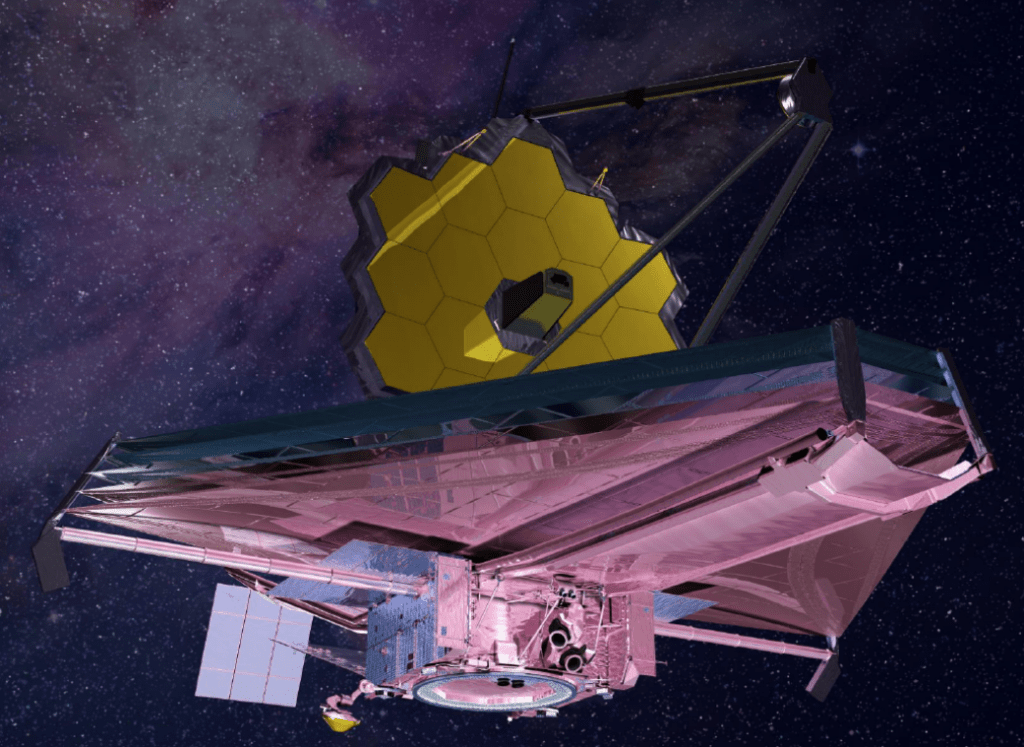The study of extrasolar planets has really exploded in recent years. Currently, astronomers have been able to confirm the existence of 4,104 planets beyond our Solar System, with another 4900 awaiting confirmation. The study of these many planets has revealed things about the range of possible planets in our Universe and taught us that there are many for which there are no analogs in our Solar System.
For example, thanks to new data obtained by the *Hubble Space Telescope*, astronomers have learned more about a new class of exoplanet known as " super-puff " planets. Planets in this class are essentially young gas giants that are comparable in size to Jupiter but have masses that are just a few times greater than that of Earth. This results in their atmospheres having the density of cotton candy, hence the delightful nickname!
The only known examples of this planet reside in the Kepler 51 system, a young Sun-like star located about 2,615 light-years away in the Cygnus constellation. Within this system, three exoplanets have been confirmed (Kepler-51 b, c, and d) that were first detected by the *Kepler Space Telescope* in 2012. However, it was not until 2014 that the densities of these planets was confirmed, and it came as quite the surprise.
While these gas giants have atmospheres that are composed of hydrogen and helium and are about the same size as Jupiter, they are also about a hundred times lighter in terms of mass. How and why their atmospheres would balloon the way they do remains a mystery, but the fact remains that the nature of their atmospheres makes super-puff planets a prime candidate for atmospheric analysis.
That is precisely what an international team of astronomers - led by Jessica Libby-Roberts from the Center for Astrophysics and Space Astronomy (CASA) at the University of Colorado, Boulder - sought to do. Using data from Hubble, Libby-Roberts and her team analyzed spectra obtained from the atmospheres of Kepler-51 b and d to see what components (including water) were there.
As these planets passed in front of their star, light absorbed by their atmospheres was examined in the infrared wavelength. To the team's surprise, they found that the spectra of both planets did not have any telltale chemical signatures. This they attributed to the presence of clouds of salt crystals or photochemical hazes in their atmospheres.
As such, the team relied on computer simulations and other tools to theorize that the Kepler-51 planets are mostly hydrogen and helium by mass, which is covered up by a thick haze made up of methane. This is similar to what goes on in Titan's atmosphere (Saturn's largest moon), where the predominantly nitrogen-atmosphere contains clouds of methane gas that obscure the surface.
"This was completely unexpected," said Libby-Roberts. "We had planned on observing large water absorption features, but they just weren't there. We were clouded out!" However, these clouds provided the team with valuable insight into how Kepler-51 b and d compare to other low-mass, gas-rich exoplanets observed by astronomers. As Libby-Roberts explained in a CU Boulder press statement:
“We knew they were low density. But when you picture a Jupiter-sized ball of cotton candy - that’s really low density... It definitely sent us scrambling to come up with what could be going on here. We expected to find water, but we couldn’t observe the signatures of any molecule.”
The team was also able to better constrain the size and mass of these planets by measuring their timing effects. In all systems, slight changes occur in a planet's orbital period due to their gravitation pull, which can be used to derive a planet's mass. The team's results agreed with previous estimates for Kepler-51 b while the estimates for Kepler-51 d indicated that it is slightly less massive (aka. puffier) than previously thought.
The team also compared the spectra of the two super-puffs to those of other planets and obtained results that indicated that cloud/haze formation is linked to the temperature of a planet. This supports the hypothesis that the cooler a planet is, the cloudier it will be, which is something astronomers have been pondering thanks to the recent spate of exoplanet discoveries.
Last, but not least, the team observed that both Kepler-51 b and d appear to be losing gas rapidly. In fact, the team estimates that the former planet (which is the closest to its parent star) is dumping tens of billions of tons of material into space every second. If this trend continues, the planets will shrink considerably over the next few billion years and could become mini-Neptunes.
In this respect, this would suggest that the exoplanets are not so uncommon after all, giving that mini-Neptunes appear to be very common. It also suggests that the low densities of the super-puff planets are attributed to the age of the system. Whereas the Solar System is roughly 4.6 billion years old, Kepler-51 has been around for a mere 500 million years.
The planetary models used by the team indicate that the planets likely formed beyond Kepler-51s Frost Line - the boundary beyond which volatile elements will freeze - and then migrated inward. Rather than being oddball planets, then, Kepler-51 b and d may be the first examples astronomers have seen of one of the most common types of planets in our Universe in the early stages of development.
As Zach Berta-Thompson (an assistant APS professor and a co-author of the new research) explained, this makes Kepler-51 a "unique laboratory" for testing theories of early planet evolution:
“This is an extreme example of what’s so cool about exoplanets in general. They give us an opportunity to study worlds that are very different than ours, but they also place the planets in our own solar system into a larger context.”
In the future, the deployment of next-generation instruments like the *James Webb Space Telescope* (JWST) will help astronomers examine the atmosphere of the Kepler-51 planets and other super-puffs. Thanks to the JWST's sensitivity to longer infrared wavelengths, we may be able to look through their dense clouds yet and determine what these "cotton-candy" planets are actually composed of.
It is also another feather in the cap of the venerated Hubble, which has been in continuous operation for about thirty years now (since May of 1990) and continues to shed light on cosmic mysteries! It is only fitting that it is still making finds that will very-shortly be the subject of follow-up investigations by *James Webb*, its spiritual successor.
The study that details the team's research recently appeared online and will appear in The Astrophysical Journal.
Further Reading: NASA*, CU Boulder Today*, arXiv
 Universe Today
Universe Today




